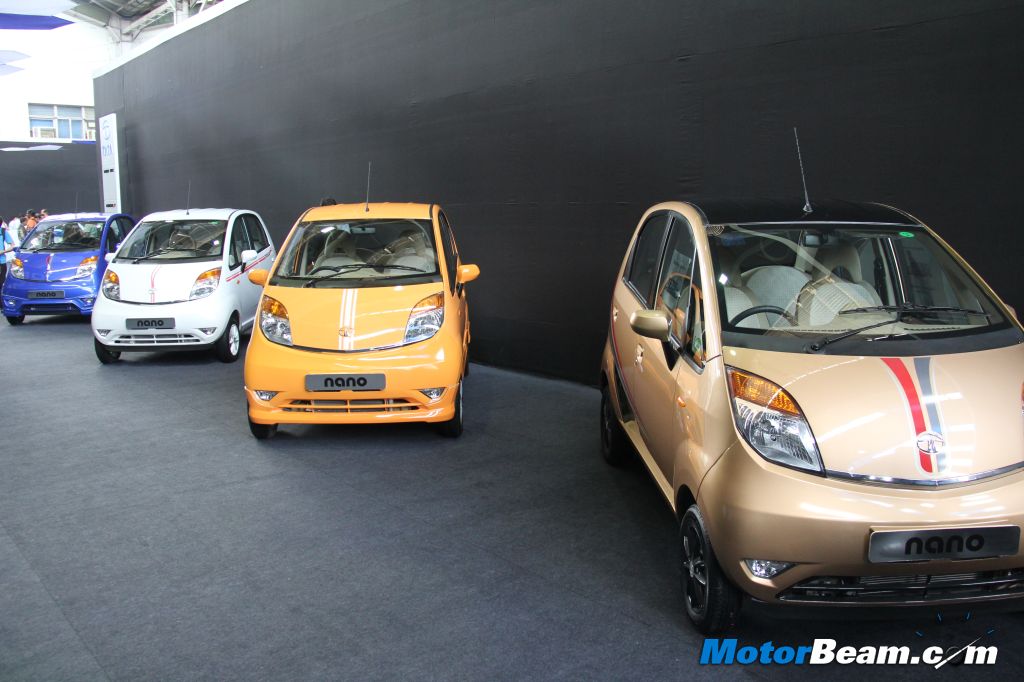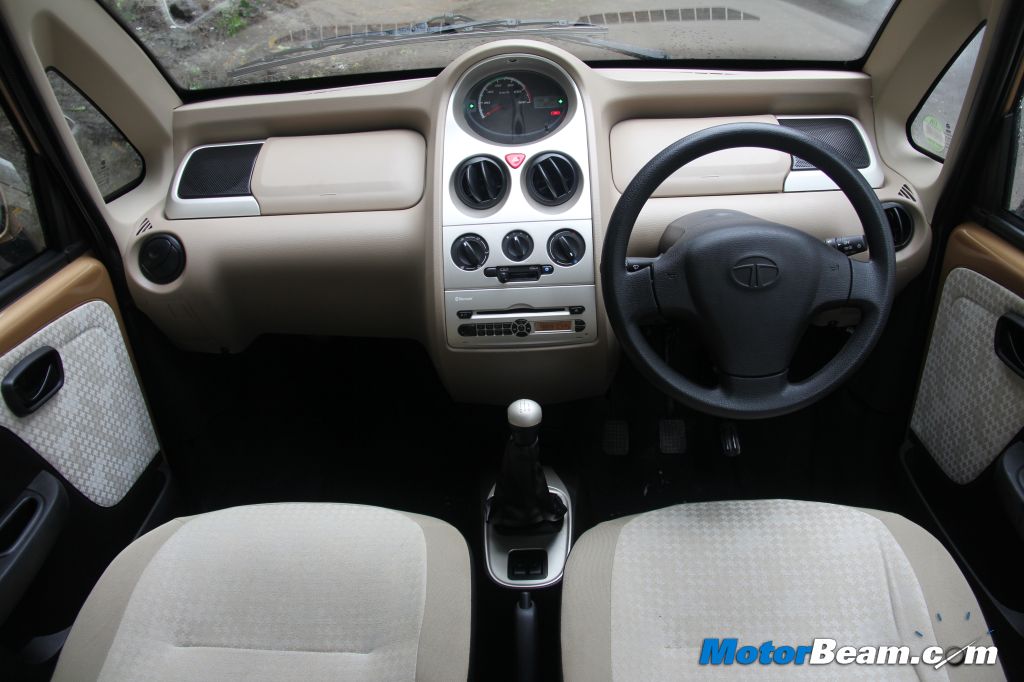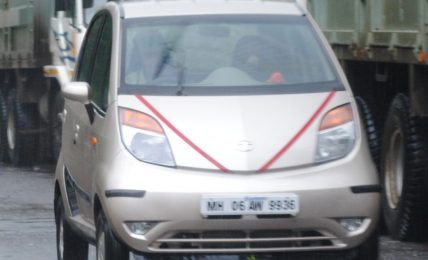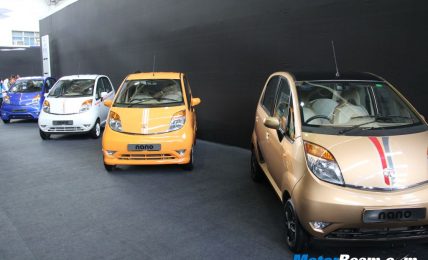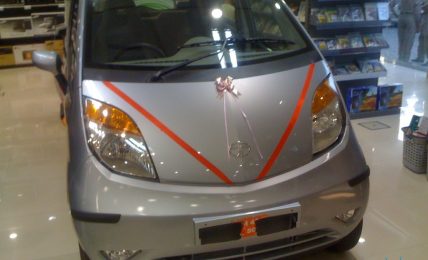Tata Motors have made big bets amounting to $1 billion towards its dream project, the Tata Nano and recovery of the same seems to have become a herculean task for the company. The Nano was launched in 2009 with an annual sales target of 2,50,000 units. However, the company has managed to sell just 2,42,431 units in the past four years. The car was touted as the world’s cheapest car when it was launched and Tata Motors is working on the car to improve the flaws and take it to the next level.
The Tata Nano is expected to be introduced with new variants namely Twist, Plus and a diesel variant. The Nano twist will feature power steering, improved NVH levels and upgraded interiors. The Plus variant will be available with a 1.0-litre, 3-cylinder petrol engine and a host of features such as bucket seats, LED headlamps and fog lamps, improved AC, disc brakes, new bonnet, new instrument cluster and dashboard as well as a small trunk that can be opened. The Nano will also be launched with an 800cc diesel engine along with improved NVH levels. In addition to these, an electric powertrain, a hybrid powertrain and an automatic transmission variant is on the cards.
Tata Motors have Jaguar Land Rover technology at their disposal and it is no secret that JLR have performed extremely well globally since it was taken over by the Indian company. Tata Motors is cautious this time and are making the transformation smoothly ensuring all the fundamentals are in place. The company believes that the Nano could become an iconic car that could generate great volumes and a significant change can be expected in the next six months.
Tata Motors hopes to sell 10,000 units of the Nano every month in the next 12-14 months. This is a big jump in comparison to the monthly average of 1111 units in financial year of 2014 until November. The revamped Nano will be priced between Rs. 1.75 lakhs and Rs. 3.25 lakhs and will be targeted at entry-level first time car buyers. As per reports, the 2012 Nano was the second car for 50 percent of the buyers, an upgrade from two-wheelers for 25 percent of the buyers and the remaining 25 percent constitutes first time buyers. Tata Motors intends to appeal to the youth with the new Nano even as the age bracket is currently spread across all ages.
The average monthly sales starting from financial year 2010 until 2014 consecutively are 3372 units, 5869 units, 6210 units, 4480 units and 1111 units respectively. The volumes peaked in 2012 and have plunged ever since. The 2013 Nano has received a host of features and the upcoming Nano will see even more significant changes including electric steering and a more powerful engine. These significant changes and improved marketing should put the Tata Nano right on track towards becoming a favourite with the masses.
Source – Economic Times


